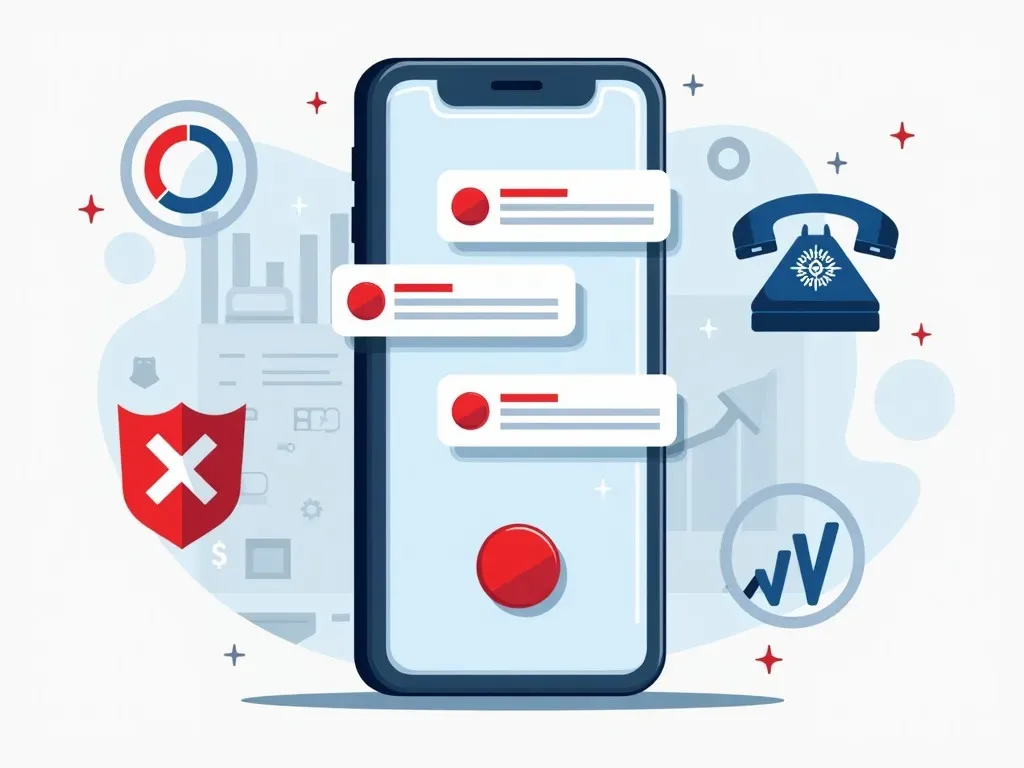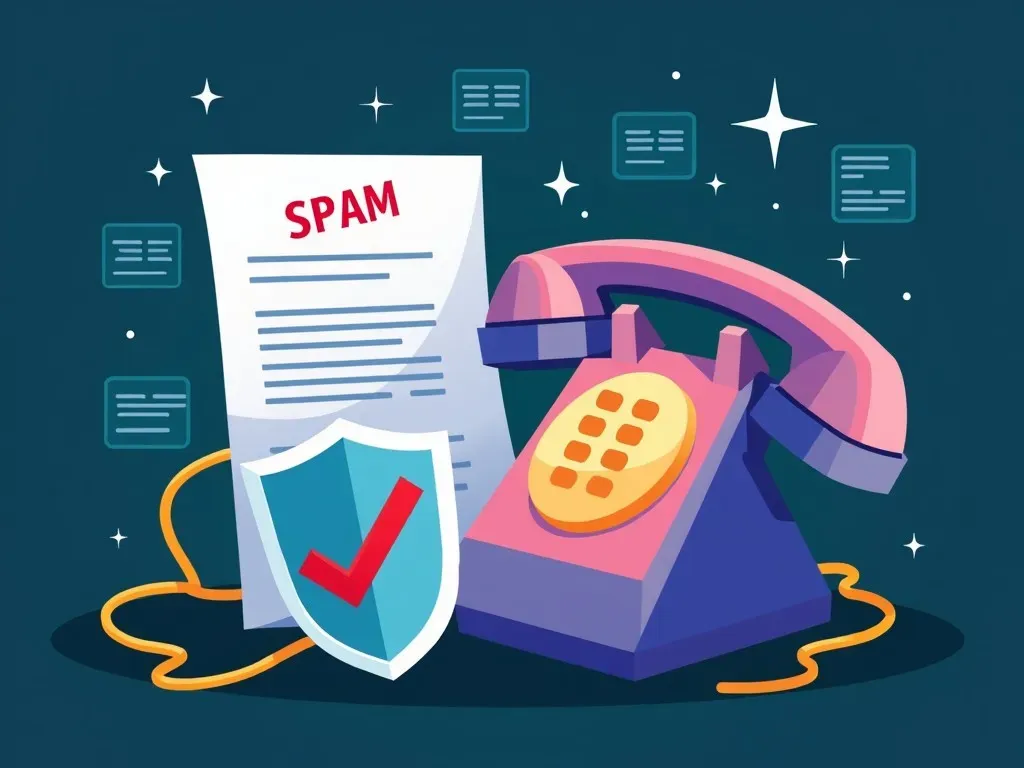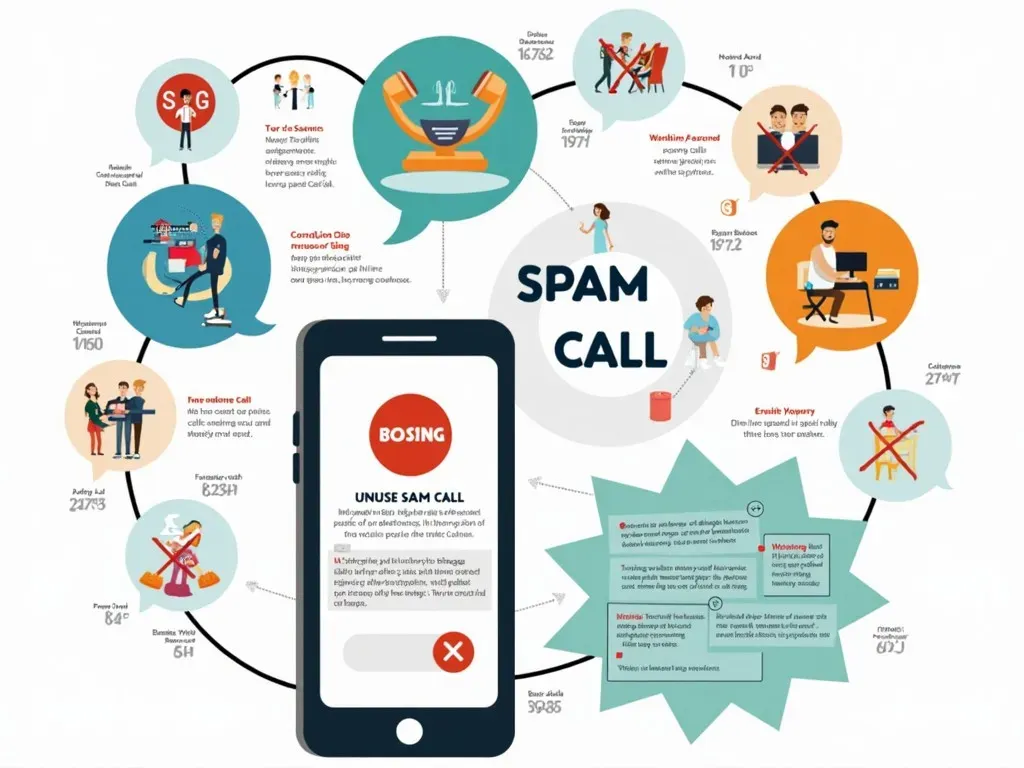Receiving a call from 17144033651 often raises immediate concerns. Is this legitimate? Could it be a scam? Many individuals dread the moment their phones ring with unfamiliar numbers, fearing the possibility of malicious intent behind them. It’s vital to address these concerns head-on and provide readers with effective strategies for dealing with potential spam calls. By understanding who is behind this number and what to do in response, you can regain control of your phone and reduce anxiety related to unsolicited calls.
As we dive deeper, it’s essential to set the context surrounding this number. Calls from unknown sources can be unsettling, especially with the rise of robocalls and spam marketing campaigns. Knowing how to handle these phone calls means protecting your personal information and mental well-being while navigating what can feel like a hostile communication landscape.

| Caller Information | Details |
|---|---|
| Phone Number | 17144033651 |
| Company Name | [Company Name] |
| Headquarters | [Location] |
| Representative | [Name] |
| Established | [Founding Date] |
| Business Activities | [Description of Services] |
Identifying the Source of 17144033651
At first glance, one might wonder, what’s the background of the 17144033651 caller? Is it an automated telemarketer, a legitimate service provider, or perhaps a scam artist? It’s crucial to gather information about the caller and discern the intent behind their outreach. Typically, many reports associate this number with spam calls, aimed at selling products or services without the recipient’s consent.
In recent years, the Federal Communications Commission (FCC) has noted a rise in complaints related to unsolicited calls, especially spam. According to their data, over 48 billion robocalls were made in 2018 alone. The anonymous nature of these calls often leaves individuals feeling vulnerable, unsure of who may be on the other end. A quick search in community forums reveals that many individuals have had similar experiences, receiving repeated calls from 17144033651 without context.
People often express feelings of frustration and anxiety from calls like these. Imagine being in the middle of an important meeting or family gathering and being interrupted by a persistent ringing from an unknown number. Adding to the frustration, the inability to determine the intent behind that call exacerbates the feelings of vulnerability.
User Experiences with 17144033651
Engaging with individuals about their experiences receiving calls from 17144033651 uncovers a myriad of feelings. Users report feelings of anxiety and annoyance, particularly when calls come at inconvenient times or disrupt their daily routines. Many have resorted to ignoring unknown numbers altogether, fearing they’d receive more spam.
Collecting feedback from various platforms highlights a trend among users – the unified sentiment is one of exasperation. On forums like Reddit or specialized sites designed to report spam, individuals share their negative experiences, often describing the calls as disruptive and unwanted. Evidence reveals that younger users may have a significantly different reaction due to their frequent interactions with technology and social media, often just categorizing such calls as an inconvenience.
Hence, understanding how different demographics perceive these calls is crucial. Middle-aged individuals may feel more apprehensive, fearing scams aimed at stealing personal information, whereas younger generations might take a more laid-back approach, simply disregarding the calls without fear.
Strategies to Handle Nuisance Calls from 17144033651
Step 1: Set Up Call Blocking
One of the first proactive steps in mitigating the disruption from such numbers is to set up call blocking features available on most smartphones. Whether you’re using an iPhone or Android, the process is user-friendly and can save you from unnecessary harassment. Block numbers typically come with notifications or messages stating they’ve been blocked, which can provide assurance and reduce anxiety.
Step 2: Respectfully Decline
When considering how to handle such calls, it’s essential to keep it simple and effective. When you do pick up, and if it’s indeed a solicitation or an unwanted call, utilizing phrases like, “I’m not interested, thank you,” is respectful but assertive. Most telemarketers will mark you on their lists if you indicate not wanting to engage. If they persist or are rude, simply hang up.
Step 3: Understand Your Rights
Every consumer should be aware of their rights regarding unsolicited calls. The Telephone Consumer Protection Act (TCPA) protects consumers from unauthorized robocalls and requires prior consent before automated calls can be placed. If you receive numerous unwanted calls, consider reporting them to the FCC. Taking such measures not only aids in your personal situation but contributes to broader efforts to combat spam calls.
In a world that’s increasingly connected, it’s essential to stay informed and take control of your communications. By employing the strategies discussed and staying vigilant, you can significantly mitigate the nuisance of unwanted calls.
For more detailed information about regulations surrounding telemarketing and robocalls, visit the FCC’s official website.
Understanding who is calling, their intention, and how to handle the situation effectively can empower individuals against unwanted intrusions into their daily lives. Stay informed and take action to keep your personal space safe and sound from unsolicited calls!

The Psychological Impact of Spam Calls
Receiving unsolicited calls can lead to different psychological effects including increased anxiety and paranoia, especially in individuals receiving calls frequently. It can disrupt an individual’s focus and productivity. Studies have shown that constant disruptions, even something as simple as a phone call, can substantially lower attention spans and increase stress levels.
As technology and communication methods evolve, the methods spam callers use also adapt and become more sophisticated, making it even harder for the receiver to authenticate calls. Therefore, creating a psychological buffer against these disturbances starts with awareness and understanding of the tactics and strategies that can exist in the telemarketing arena.
The Evolving Landscape of Spam Calls
Recent statistics from the Federal Trade Commission (FTC) have indicated a worrying trend: the number of complaints regarding spam calls has skyrocketed from tens of thousands in previous years to millions in 2021. The advancement in technology means spam callers can now easily spoof numbers to appear as local callers, adding to the believability of their dialogues.
Techniques Spam Callers Use
Spam callers often deploy a multitude of stratagems to engage individuals. Some may utilize a friendly voice that attempts to foster a sense of trust, while others use heavy marketing lingo that can deter suspicion. Additionally, networking information through data brokers can provide spam callers the intelligence needed to create tailored pitches aimed at specific demographics.
Moreover, they might also send follow-up messages via text or emails, creating a multi-channel communication atmosphere. By maintaining awareness of such approaches and fostering skepticism towards unknown callers, individuals can better protect themselves from these interruptions.
Understanding the nature of spam calls helps build a more resilient response plan. As we unearth this burgeoning telemarketing menace, the need for vigilance and proactive measures on the user’s part has never been more vital.

Combating the Surge
Several organizations, including the FTC, are increasingly advocating for stricter regulations against robocalls and unsolicited communications. Legislative actions are being initiated regularly to enhance consumer protections — regenerative aspects to look out for in your favor.
From presenting consumer complaints to proposing new guidelines on the practices that spam callers use, organizations are reflecting a genuine effort to minimize unwanted disturbances caused by unsolicited calls. Furthermore, technological solutions, such as caller ID verification, have gained traction, helping authenticate callers in real-time and often flagging illegitimate numbers.
By staying informed, proactive, and responding to spam calls effectively, you can safeguard your personal information and mental well-being against unwanted outreach. Such vigilance is not just a reactive measure; it’s an assertion of your preferences in the digital communication landscape.
What happens when your silence speaks volumes? The ability to silence unwanted noise through refusal and action grants control back into your hands, making each decision a step towards peace in the digital aftermath of unsolicited communications.



